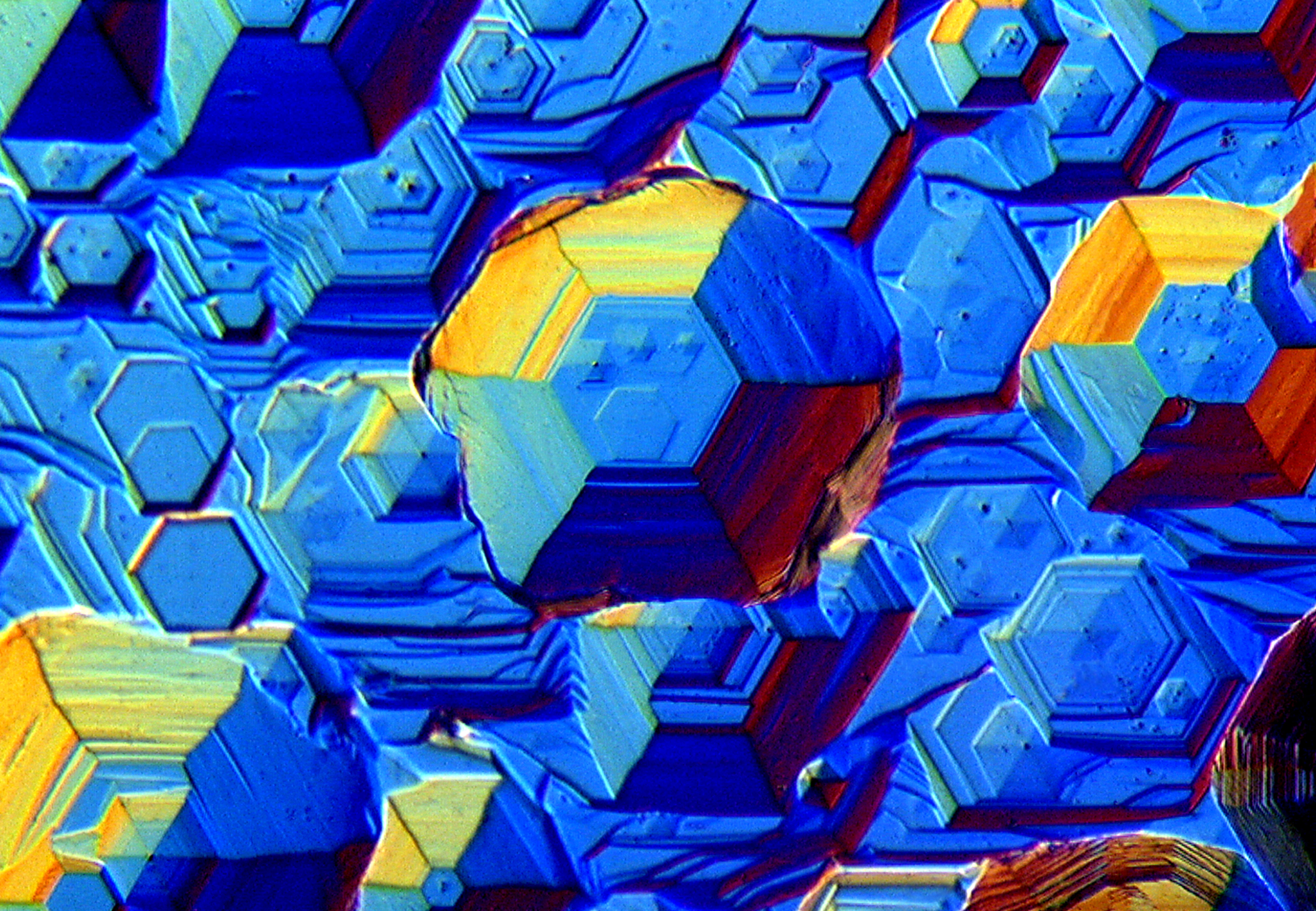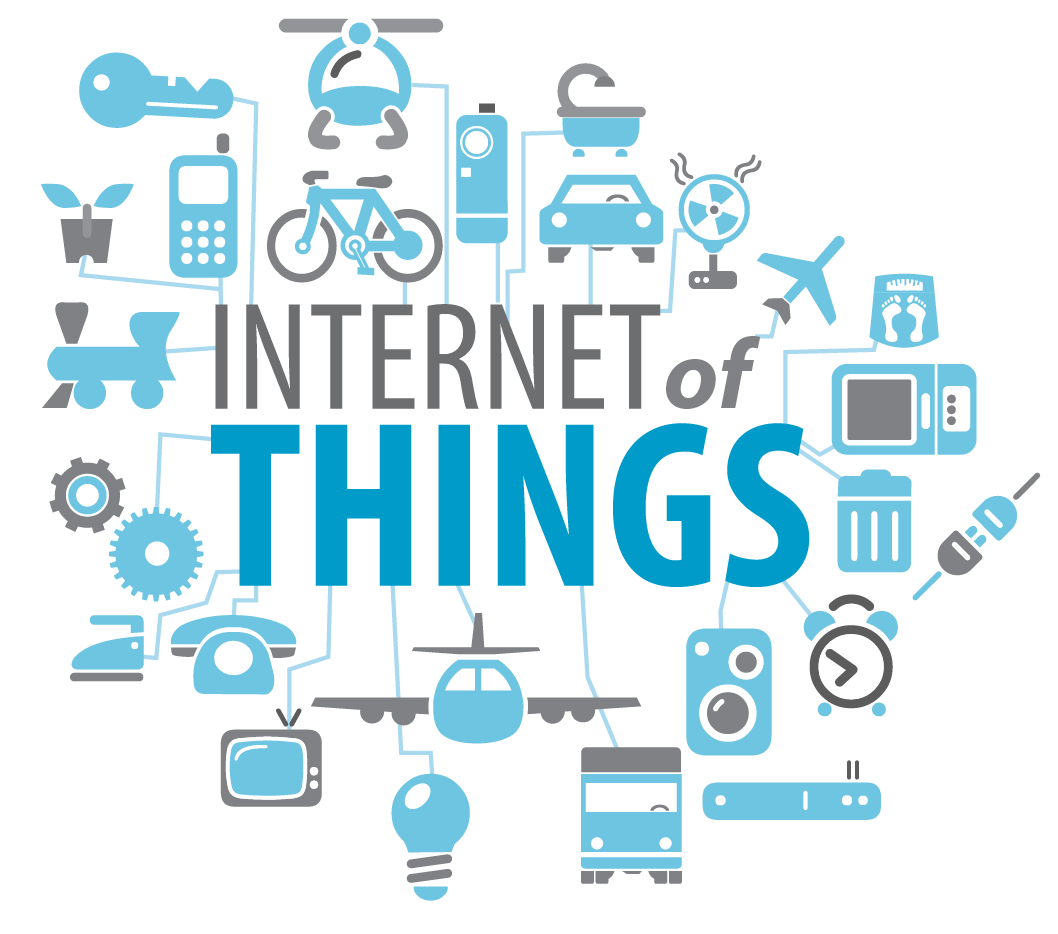Well, sometimes I wish to travel with NASA's Curiosity, this magnificent spacecraft that has already provided us with many unique pictures and insights from Mars (some recent can be seen
here). And I wish to be there just to see our blue planet from a distance and try to imagine, from such a time and space distance, the future of our planet and of course, the future of waste management. Some of you already know that I like to think a lot about the future, in many different ways.
My article on the
future of waste management around 2030 has been a huge success, with hundreds of thousands readers. I guess this is time to rethink on that specific subject and this is not only by ...Curiosity. This is also because our world is changing much faster than we are able to adapt to the changes, faster even than McLaren 650S, this great piece of science and technique advances, which is going to be
replaced in 2018.
Although it is very difficult to identify future trends with
a relative certainty (as Niels Bohr put it “prediction is very difficult especially
about the future”), there are certain ways that are helpful in order to outline
the key-trends. First of all, the future of waste management should be
studied in the context of the future trends of our world. Waste management is
an integral part of our day to day life and the major shifts that affect
people’s daily lives, in one or another way, affect behaviours, technologies,
logistics and finally waste management arrangements too.
Listening to industry experts is a certain way to understand
some future trends, especially the ones that are more close to industrial
innovation activities. Industry experts are familiar with the major problems
that they face to their day-to-day activities and they create the conceptual
basis for the future improvements required, although this is usually done
through continuous optimization procedures rather than radical shifts. Studying the evolution of research topics and activities,
talking with researchers and following the most important scientific
publications is another key-element to identify issues related to the future of
waste management. A sensitive and careful analysis of the major research
priorities and trends creates a good picture of “what’s next”.
So, in my next blogs, I will present the major trends that I believe they will reshape the future of waste management and recycling industry. But let's start from the general global context.
We are living in an era of rapid technological growth that
generates game-changers like drones, driverless cars, sensors for everything, big
data systems, the web of machines and interconnected things etc. There is a
growing literature that characterizes our era as the most transformative period
of modern history.
Information technology is entering the big data era. Process
power and data storage are becoming almost free; networks and the cloud will
provide global access and pervasive services; social media and cyber-security
will be large new markets. This growth and diffusion will present significant
challenges for governments and societies, which must find ways to capture the
benefits of new IT technologies while dealing with the new threats that those
technologies present. Fear of the growth of an Orwellian surveillance state may
lead citizens particularly in the developed world to pressure their governments
to restrict or dismantle big data systems. But the technological progress runs faster than
Usain Bolt. As an example, see the recent
Obama's call for 1 Exaflop super computer in next decade.
New manufacturing and automation technologies such as
additive manufacturing (3D printing) and robotics have the potential to change
work patterns in both the developing and developed worlds. In developed
countries these technologies will improve productivity, address labor
constraints, and diminish the need for outsourcing, especially if reducing the
length of supply chains brings clear benefits. Nevertheless, such technologies
could still have
a similar effect as outsourcing: they could make more low- and
semi-skilled manufacturing workers
in developed economies redundant,
exacerbating domestic inequalities. For developing economies, particularly
Asian ones, the new technologies will stimulate new manufacturing capabilities
and further increase the competitiveness of Asian manufacturers and suppliers.

Breakthroughs, especially for technologies pertaining to the
security of vital resources—will be necessary to meet the food, water, and
energy needs of the world’s population. Key technologies likely to be at the
forefront of maintaining such resources
in the next 15-20 years will include
genetically modified crops, precision agriculture, water irrigation techniques,
solar energy, advanced bio-based fuels, and enhanced oil and natural gas
extraction via fracturing. Given the vulnerabilities of developing economies to
key resource supplies and prices and the early impacts of climate change, key
developing countries may realize substantial rewards in commercializing many
next-generation resource technologies first.
New health technologies will continue to extend the average
age of populations around the world, by ameliorating debilitating
physical and
mental conditions and improving overall wellbeing. A recent example considers the
world's first braille smartwatch that allows blind people to read i-phone messages. The greatest gains in
healthy longevity
are likely to occur in those countries with developing
economies as the size of their middle class populations swells. The health-care
systems in these countries may be poor today, but by 2030 they will make
substantial progress in the longevity potential of their populations; by 2030
many leading centers of innovation in disease management will be in the
developing world.
So there is a major question:
will technological breakthroughs be developed in time to boost economic
productivity and solve the problems caused by a growing world population, rapid
urbanization, and climate change?
The answer to this question depends a lot on (global,
national and local) governance patterns and their evolution. During the next
15-20 years, as power becomes even more diffuse than today, a growing number of
diverse state and non-state actors, as well as subnational actors, such as
cities, will play important governance roles. The increasing number of players
needed to solve major transnational challenges—and their discordant values—will
complicate decision-making. Prospects for achieving progress on global issues
will vary across issues. The governance gap will continue to be most pronounced
at the domestic level and driven by
rapid political and social changes. The
advances
during the past couple decades in health, education, and income—which
are expected to continue, if not accelerated in some cases—will drive new governance
structures.

The widespread use of new communications technologies will
become a double-edged sword for governance. On the one hand, social networking
will enable citizens to coalesce and challenge governments. On the other hand,
such technologies will provide governments an unprecedented ability to monitor
their citizens. It is unclear how the balance will be struck between greater
IT-enabled individuals and networks and traditional political structures. And although the debate regarding the moral aspects of this revolution is going to be much stronger and substantial, as it
is the case now in India, with the block of porn sites, the pace of change will continue to accelerate.
The current, largely Western dominance of global structures
such as the UN Security Council, World Bank, and IMF probably will have been
transformed by 2030 to be more in line with the changing hierarchy of new
economic players. Many second-tier emerging powers will be making their mark—at
least as emerging regional leaders.
So another major
question is will governments and institutions be able to adapt fast enough to
utilize the change instead of being overwhelmed by it?
Well, the answers to those questions will certainly determine the future of waste management too - but we will dig deeper later on that.

 Of course the problem is not simply European, it becomes global as there similar signals from USA recycling market too.
Of course the problem is not simply European, it becomes global as there similar signals from USA recycling market too.






